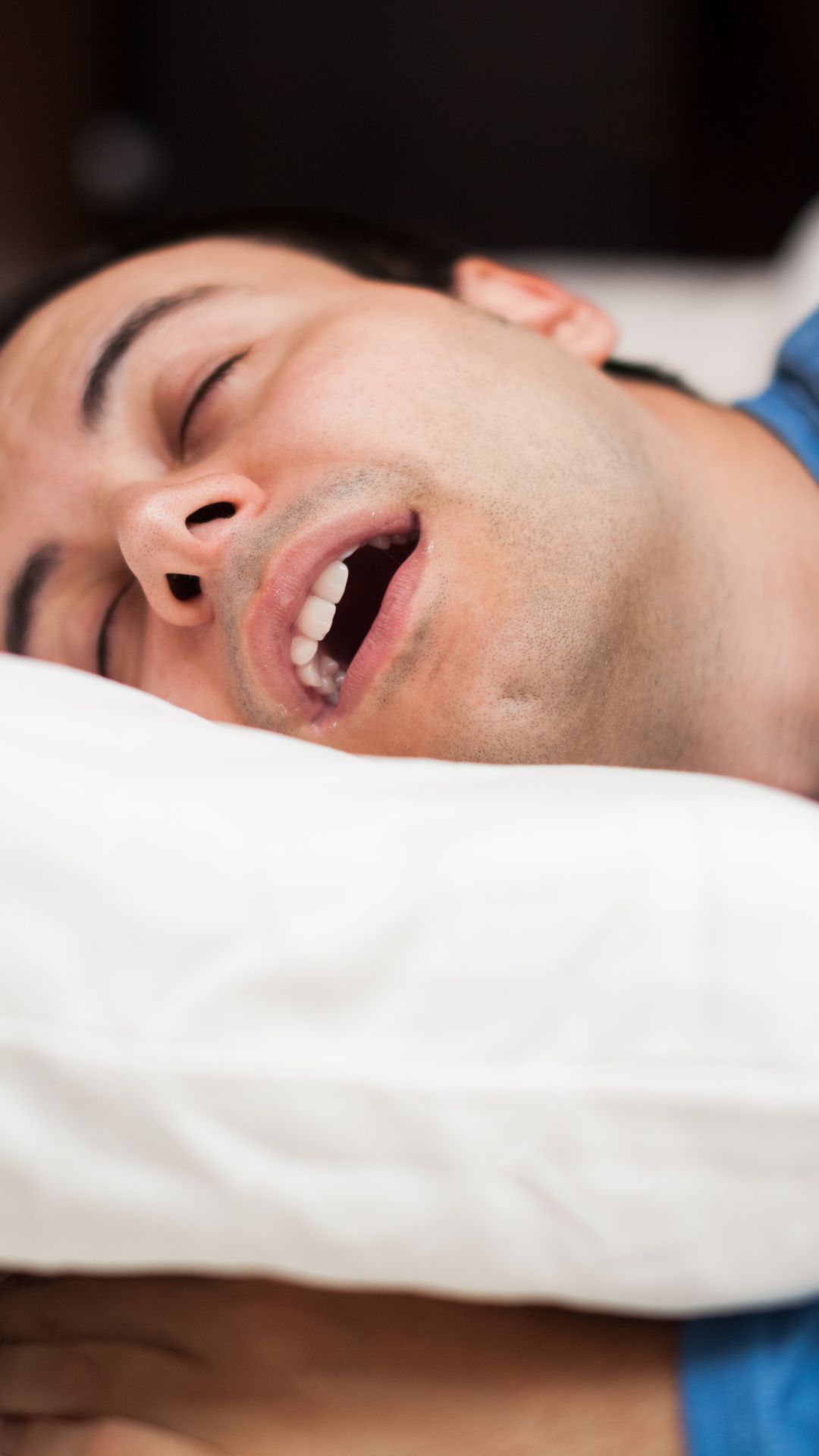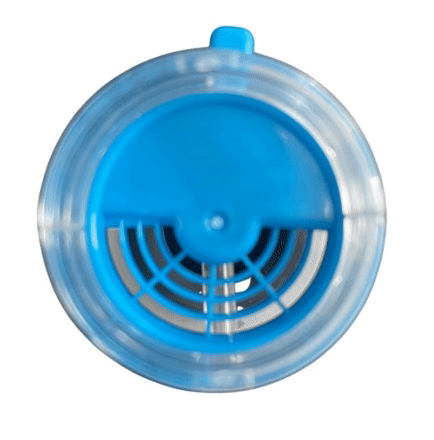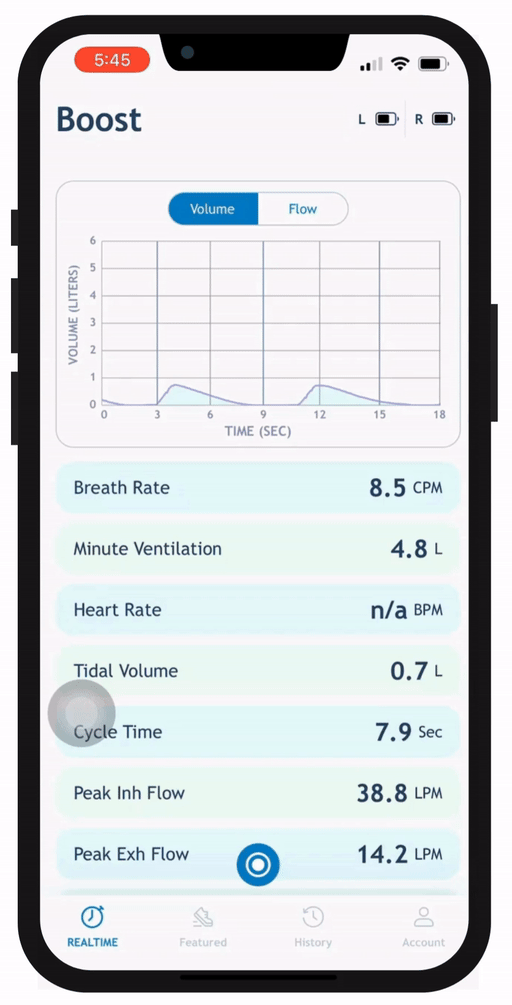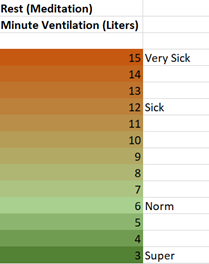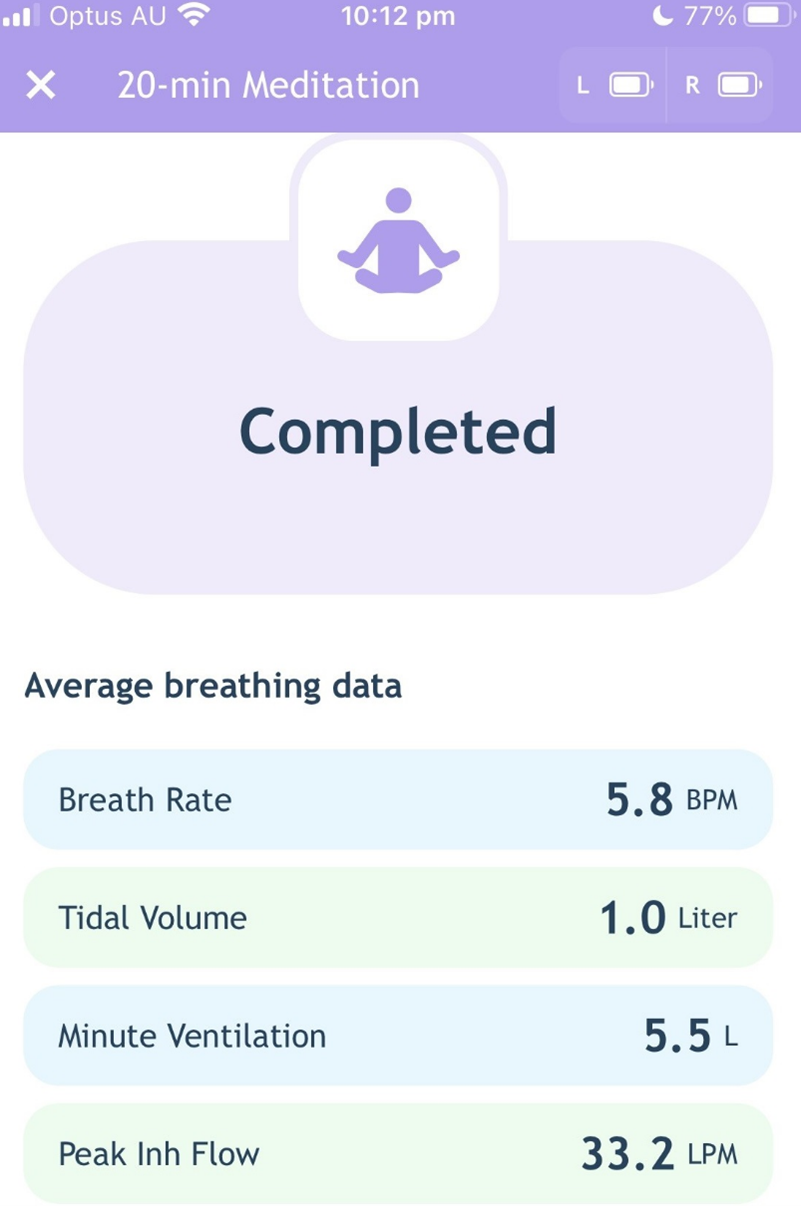How to Unblock a Stuffy Nose with AYO Breathing Exercise Device
A blocked nose is one of the common physiological phenomena most of us experience from time to time, and according to research, at least 10% of people suffer from chronic nasal congestion of different severities.
Among many causes, such as the common cold or allergies, it has been demonstrated that in many cases, the culprit is actually due to over-breathing!
Back in the 1950s, Dr. Konstantin Buteyko discovered that many common chronic diseases, such as asthma, can be caused by over-breathing. He and his clinical team went on to spend almost half a century researching and developing breathing techniques to help people normalize their breathing.
According to Dr. Buteyko, the blocked nose from over-breathing is due to a defensive mechanism of the body against excessive CO2 losses. Often, when people have a stuffy nose, they would open their mouths to breathe, which would make them continue to over-breathe, resulting in the noses being kept blocked by the body’s defensive reaction.
One of the exercises from the Buteyko Breathing Method is to help you unblock the nose, which involves one or more short breath holds.
This is a temporary method to quickly unblock the nose. However, if you still over-breathe after that, the nose would block again.
If we analyse the principle of this exercise, it works by temporarily stopping or reducing breathing, which:
- Increases CO2 which works as an air passage dilator that helps reduce the blockage.
- Reduces nasal constriction due to the defensive reaction of the body to over-breathing.

Why AYO breathing trainers can help unblock the noses? This is because they can:
- Reduce the air intake to cut the culprit of the issue directly and effectively.
- Increase the CO2 level in the air passages as well as in the blood thanks to the unique design of the mask, which the increased CO2 works as a nasal dilator, and it also helps oxygen release to tissues from the blood thus reducing the need to breathe more.
- The uniquely designed mask also works as a humidifier to warm and moisten the air and to thin the mucus in the nose.
AYO BT method:
- Adjust the BTi to a low setting, such as Setting 2 or lower.
- Sit on a comfortable chair, with the back straight and full body relaxed.
- Wear the BT as normal.
- Breathe in slowly and gently, so that you don’t feel much resistance otherwise from fast and hard breathing.
- Breathe out slowly and gently, trying to create a slight but tolerable air hunger.
- If your nose is completely blocked, try to purse your lip to breathe via your mouth a bit, but as soon as your nose is not completely blocked, use your nose immediately but breathe slowly and gently.
- Do not panic if you have the urge to breathe fast and hard, just relax, it is quite OK.
- After a while, you will find it easier to breathe as your brain adapts to a higher CO2 in the blood, and your nose will be completely unblocked.
- Continue to breathe like this for 20 -30 minutes to finish one session.
- If feasible, you could do this a few times throughout the day, such as 3 times a day.
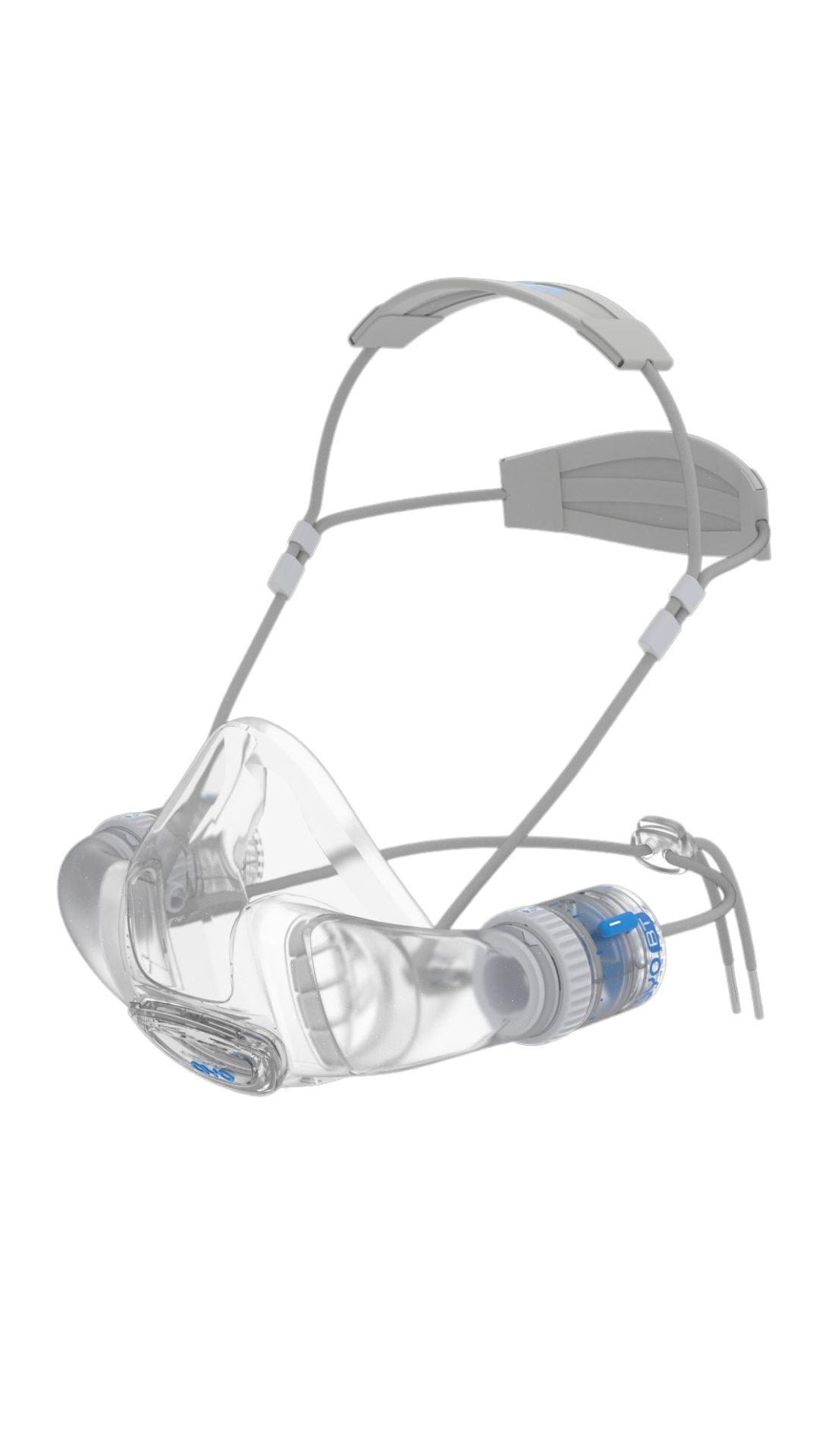

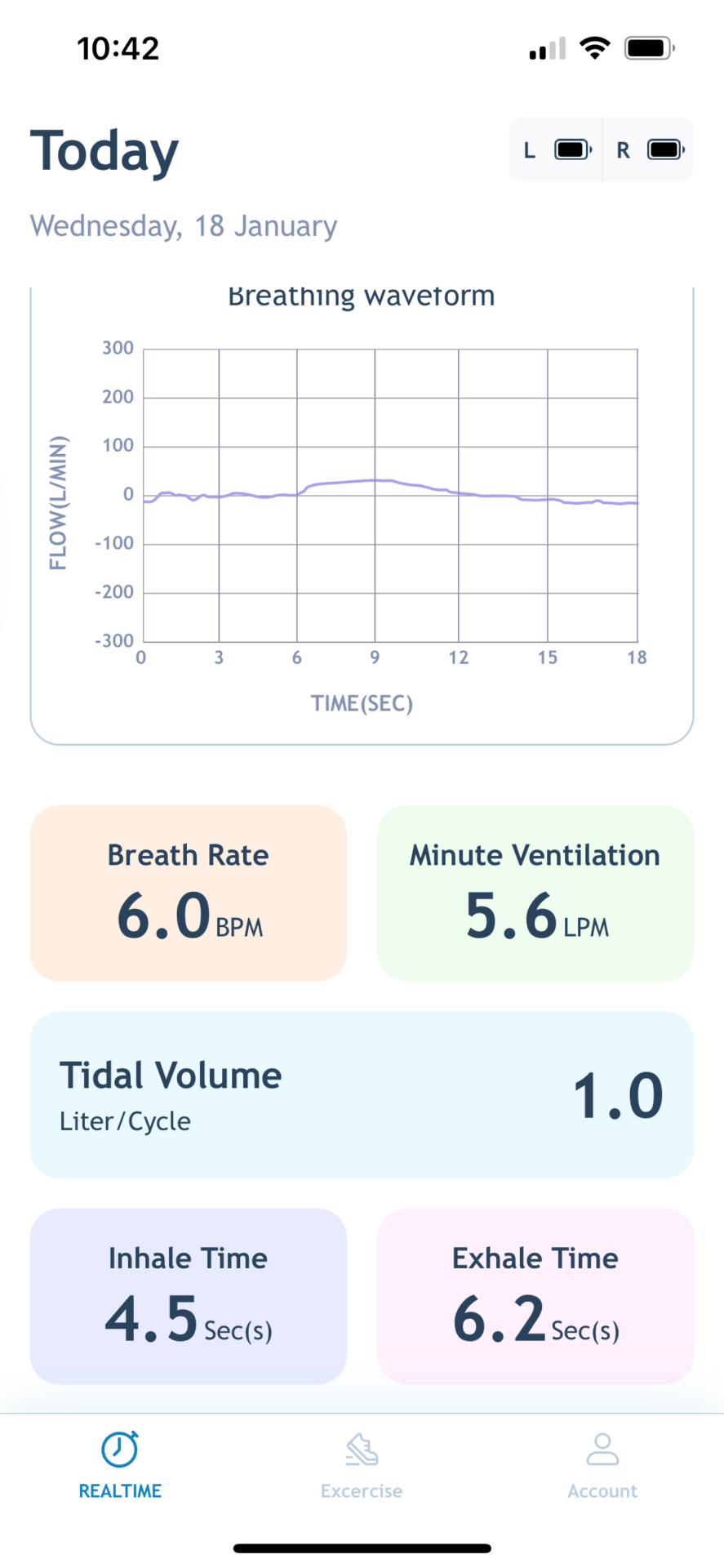
AYO BT+ method:
- Adjust the BTi to a setting of your choice, but preferably Setting 2 or lower.
- Sit on a comfortable chair, with the back straight and full body relaxed.
- Wear the BT+ as normal.
- Use the Real-time screen to monitor your breathing data and waveforms.
- Your key breathing metrics are: 6 breath per minute and 6 litres per minute –This is Aimwell’s recommended 6&6 healthy breathing pattern.
- Try to breathe towards the metrics by breathing slowly and gently, so that you don’t feel much resistance otherwise from fast and hard breathing.
- If your nose is completely blocked, try to purse your lip to breathe via your mouth a bit, but as soon as your nose is not completely blocked, use your nose immediately to breathe slowly and gently.
- Do not panic if you have the urge to breathe fast and hard, just relax, it is quite OK.
- After a while, you will find it easier to breathe as your brain adapts to a higher CO2 in the blood, and your nose will be completely unblocked.
- Continue to breathe like that for 20 -30 minutes to finish one session.
- If you can achieve the 6&6 breathing pattern, your nose should be completely unblocked.
- In fact, if you breathe with 6&6 breathing pattern all the time, you should always have an unblocked nose.
Further, if you can naturally breathe with the 6&6 healthy breathing pattern whenever you are in a calm and resting condition, your breathing health will be enhanced, and so will your general health.

